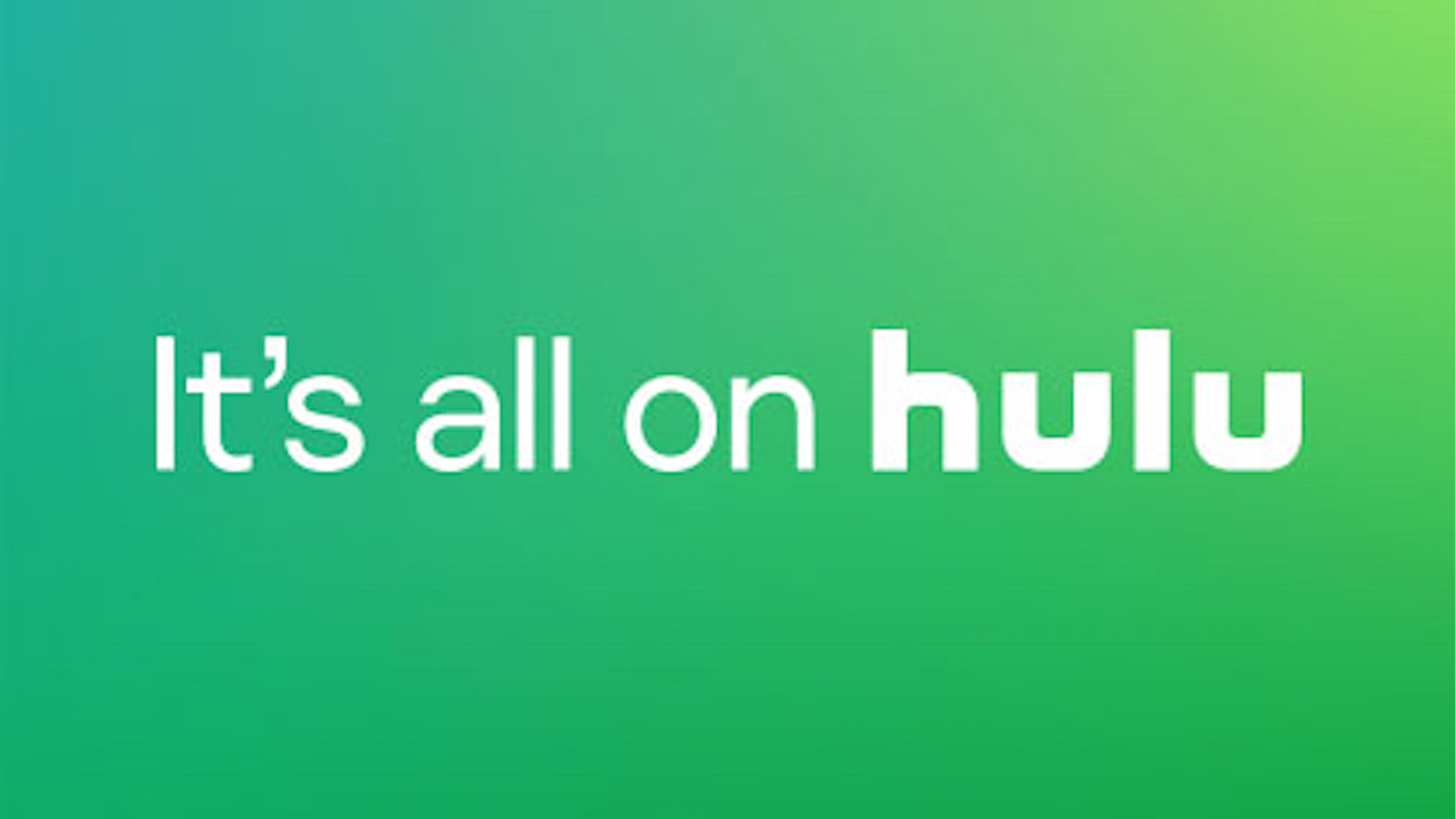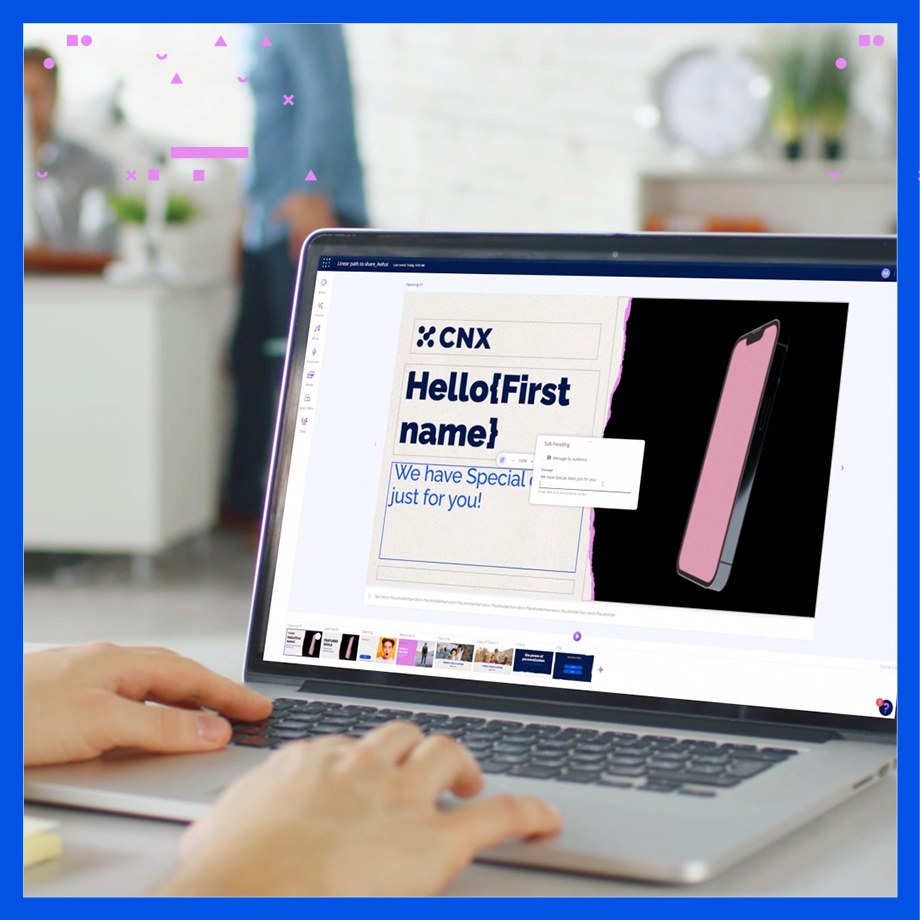
Peter Naylor, SVP and Head of Advertising Sales
Firmly positioned at the cross-section of entertainment and technology, Hulu embraces the art (and science) of personalization in its business model. Since its inception in 2008, Hulu has been the only streaming service providing both ad-supported and commercial-free current-season shows from the largest U.S. broadcast networks; libraries of hit TV series and films; and acclaimed Hulu Originals including Emmy® and Golden Globe Award-winning series The Handmaid’s Tale, Future Man, Marvel’s Runaways, The Path and 11.22.63.
In the next installment of our Video Center of Excellence Q&A series, we speak with Hulu SVP and Head of Advertising Sales Peter Naylor to learn more on how Hulu gets up close and personal with its viewers. Peter is a career ‘adman’ … quite literally, having run ad sales teams back in the early days of search (Lycos), through original content (iVillage), broadcast (NBC Universal) and now Hulu. Peter has also served as chairman of the IAB, and is the founding chairman of the IAB’s Video Center of Excellence.
Peter Naylor, you’ve been at Hulu for 4 years, an eternity in the life of digital (video)! At the start of 2014, Hulu had 5MM+ US subscribers, and now it has 17MM. What makes Hulu successful?
We put the viewer first. TV’s old game was based on a program grid and a one-to-many model of broadcasting. Hulu is TV’s new game. On-demand and live content are given to viewers who are fully in charge of how, when and where they watch. It’s been our commitment to provide consumers with choice and control over their entertainment experience that has been a large part of that success.
Hulu has been evolving since day one, especially in advertising. Where is that evolution now?
When we started 10 years ago, we were 100 percent consumed on a computer. Today, it’s only 9 percent. We’ve put the TV back in the TV, in the sense that 78 percent of Hulu viewing happens in a television environment. Ten years ago, we were 100 percent free. Today we’re the only subscription service with both an ad-supported on-demand offering, and a commercial-free plan. Most media experts generally observe that where audiences go, marketers follow. Hulu is no exception.
In what ways has the monetization of Hulu content changed over time?
Today, more people have access to streaming services than have cable in their household. That presents an enormous opportunity for brands. Hulu was the first on-demand streaming service to establish a dynamic ad-supported offering so we lead the advertising industry in OTT. Two big areas of focus are the creative opportunity to go beyond the 30-second spot with interactive ads and the data-driven opportunity to make sure the viewers see the most relevant ads possible. Get these two things right as a marketer and advertising is not interruptive, but part of a cohesive experience.
I remember when Hulu first came out with its Tinder-like ad experience to choose one ad over another before programming began. One could call that personalization v0.01. How has personalization and choice at Hulu changed over time?
Ha! See above. I’ll expand on the creative opportunity and offer that for marketers it should be a creative imperative. A great example of this is interactivity in the living room. Viewers spend twice as long engaging with a brand in an interactive unit than they do with a brand in a static ad. On Hulu, we’ve seen that an interactive ad that gives viewers choice and control over their experience leads to seven times the brand awareness versus the benchmark.
What are some of the similarities and/or differences between Hulu and a traditional television platform?
Hulu is the best of TV: a deep library of original and licensed ‘water cooler’ television content, both live and on-demand, with scale. We have the best of digital, too, with 100 percent of our viewing happening through an IP address so everything marketers can do in a browser space, we can do with TV: tailored, interactive ads, precise delivery and measurement and more without brand safety or fraud concerns. Everything on TV will someday be what Hulu is right now.
Specifically regarding Hulu’s ad business, how do marketers measure the effectiveness of their advertising efforts?
Digital platforms get credit for driving “lower funnel” marketing metrics — those that account for actual purchase, action or conversion, also known as last-click attribution — but digital platforms are not the sole domain of lower funnel marketing; television obviously drives real, measurable conversion as well. From driving consumers to buy products, visit stores and register on websites, we’ve proven in each case that ads delivered on an OTT platform like Hulu work. In partnership with multiple third-party attribution research vendors like Nielsen Catalina Solutions and SambaTV, and the launch of Hulu’s own capabilities like PRO: Performance Results Outcomes, advertisers have the proof they have long sought in a television environment.
What’s on your watchlist that we should be watching this year?
On Hulu, I’m most excited about The First because I’m a long-time Sean Penn fan. I’m also looking forward to the Hulu Original Castle Rock premiering this summer. My go-to show of late is Silicon Valley via my HBO add-on; I’m ready for the new season.
Tell us one thing we wouldn’t know from your LinkedIn profile / social media presence.
Most of my life is digital, save for one thing: I prefer reading books in hardcover – and just finished The Four by Scott Galloway.







